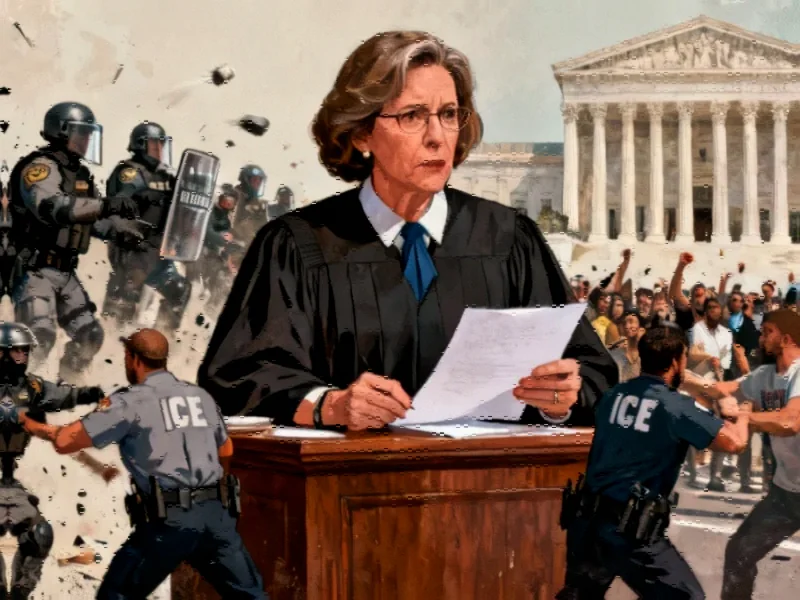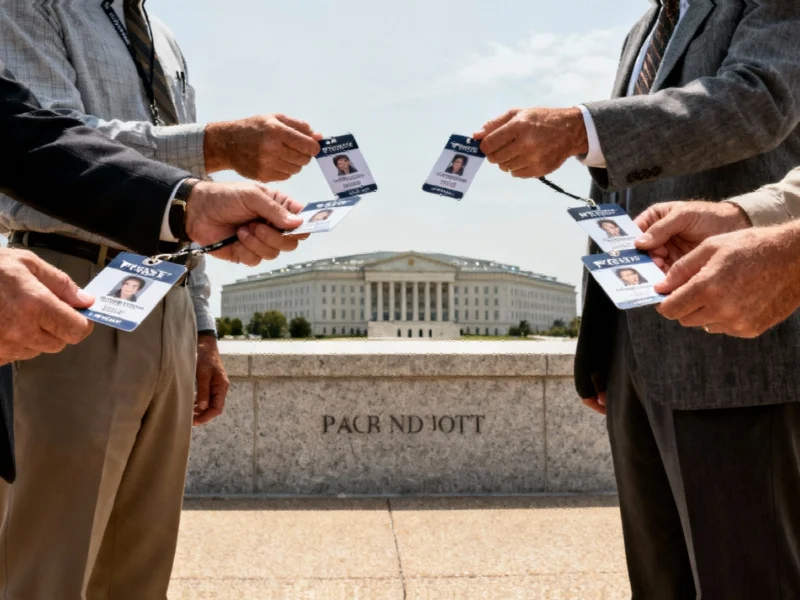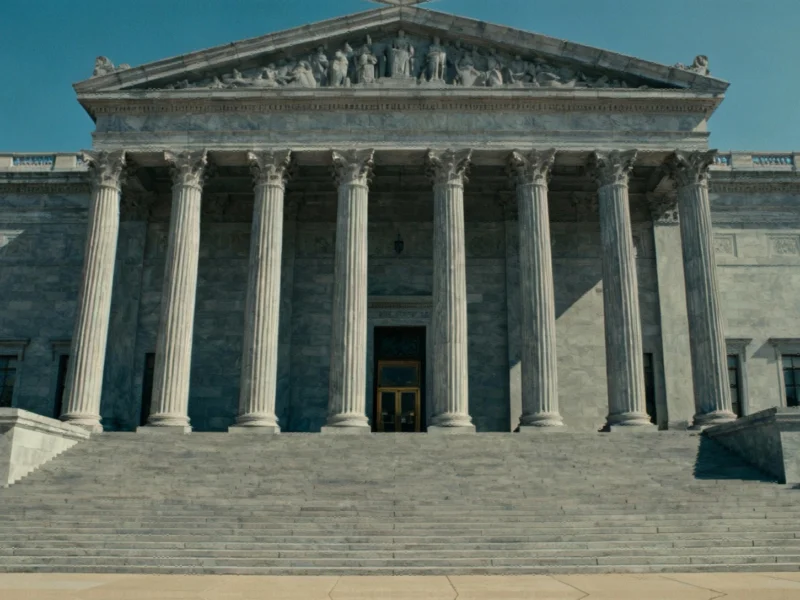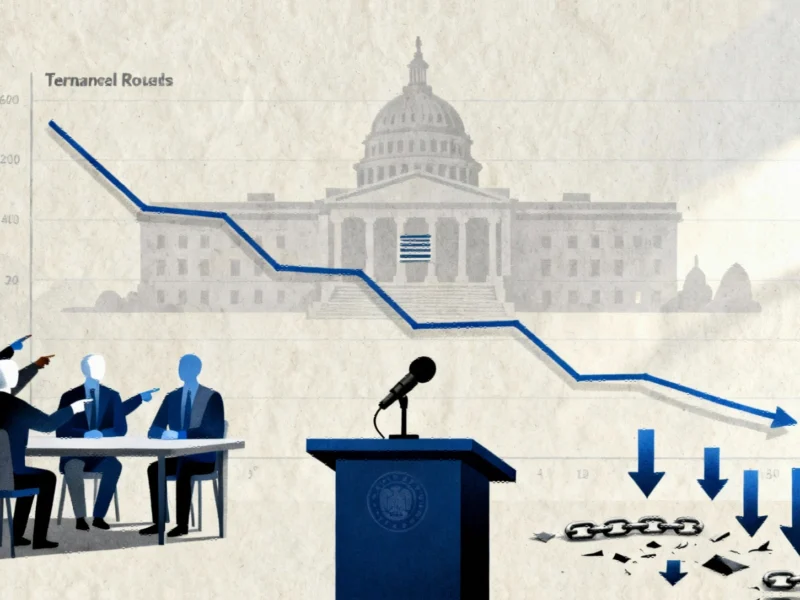Emergency Supreme Court Request Filed
The Trump administration has turned to the Supreme Court in an effort to deploy National Guard troops to Chicago, according to reports. Solicitor General D. John Sauer filed an emergency request Friday stating that federal agents in Chicago have faced dangerous situations, including what he described as “pre-planned ambush” incidents where agents were allegedly threatened and assaulted. The administration’s legal maneuver represents an escalation in its ongoing efforts to bolster federal law enforcement presence in multiple cities.
Legal Obstacles Mount for Administration
Judge Sara L. Ellis dealt a significant blow to the administration’s plans Thursday by expanding a temporary restraining order that limits the use of riot control weapons in the Chicago area. Sources indicate the judge expressed being “deeply concerned” about violations of the existing order, which requires federal agents to provide two warnings before deploying riot control measures like tear gas. Ellis further mandated that federal agents wear body cameras during operations. These restrictions came following multiple clashes between protesters and ICE personnel throughout various parts of the Chicago metropolitan area.
Pattern of Legal Challenges Across Multiple States
The Trump administration has encountered similar legal hurdles in its efforts to deploy National Guard troops in support of ICE or crimefighting operations in several states, most of which are governed by Democrats. Analysts suggest this represents a broader pattern of tension between federal and state authorities. While a federal appeals court previously allowed President Donald Trump‘s deployment of troops in Los Angeles this summer, that decision came despite strong opposition from California Governor Gavin Newsom, who criticized the administration for not seeking proper permission. The administration is currently appealing a separate ruling that declared the Los Angeles deployment illegal.
Mixed Results in Various Jurisdictions
The report states that the administration’s deployment efforts have yielded inconsistent results across different regions. In Portland, Oregon, a lower court order blocking troops from active street deployment was recently extended for an additional two weeks. Conversely, the president has experienced more success deploying the National Guard in Washington, D.C., which lacks statehood status. Approximately 900 National Guard troops remain active in the district despite an ongoing lawsuit filed by the city against the Trump administration. These industry developments highlight the complex legal landscape surrounding federal troop deployments.
Broader Implications and Context
The ongoing legal battles over National Guard deployments occur against a backdrop of significant market trends and policy debates. As the administration pursues its law enforcement strategies, parallel related innovations in security and policing technology continue to evolve. Meanwhile, recent technology advancements in surveillance and crowd control methods have raised additional legal and ethical questions that courts must consider when evaluating the appropriate boundaries of federal authority in domestic law enforcement operations. These industry developments reflect broader tensions between security concerns and civil liberties that continue to shape market trends in the security sector.
The Supreme Court has not yet indicated when it might rule on the administration’s emergency request, leaving the situation in Chicago fluid as legal proceedings continue to unfold. The outcome could establish important precedents regarding the balance of power between federal and state authorities in law enforcement matters, with potential implications for future related innovations in federal intervention strategies during civil unrest.
This article aggregates information from publicly available sources. All trademarks and copyrights belong to their respective owners.
Note: Featured image is for illustrative purposes only and does not represent any specific product, service, or entity mentioned in this article.



